IMAGINE the scenario: You are walking on one of Andalucía’s beautiful public trails, it’s a walk you have enjoyed many times, but today is different.
A brand new gate blocks your way. You are used to passing through gates in the sierra, which hikers know to close behind them to prevent livestock escaping, but this gate is chained with a padlock.
On a high fence extending as far as you can see, a sign now says: Propiedad Privada. Entrada Prohibida (Private property. No entry).
You have two options: turn back or break into private property and risk being threatened by an angry landowner, even one brandishing a shotgun. It has happened (see later).
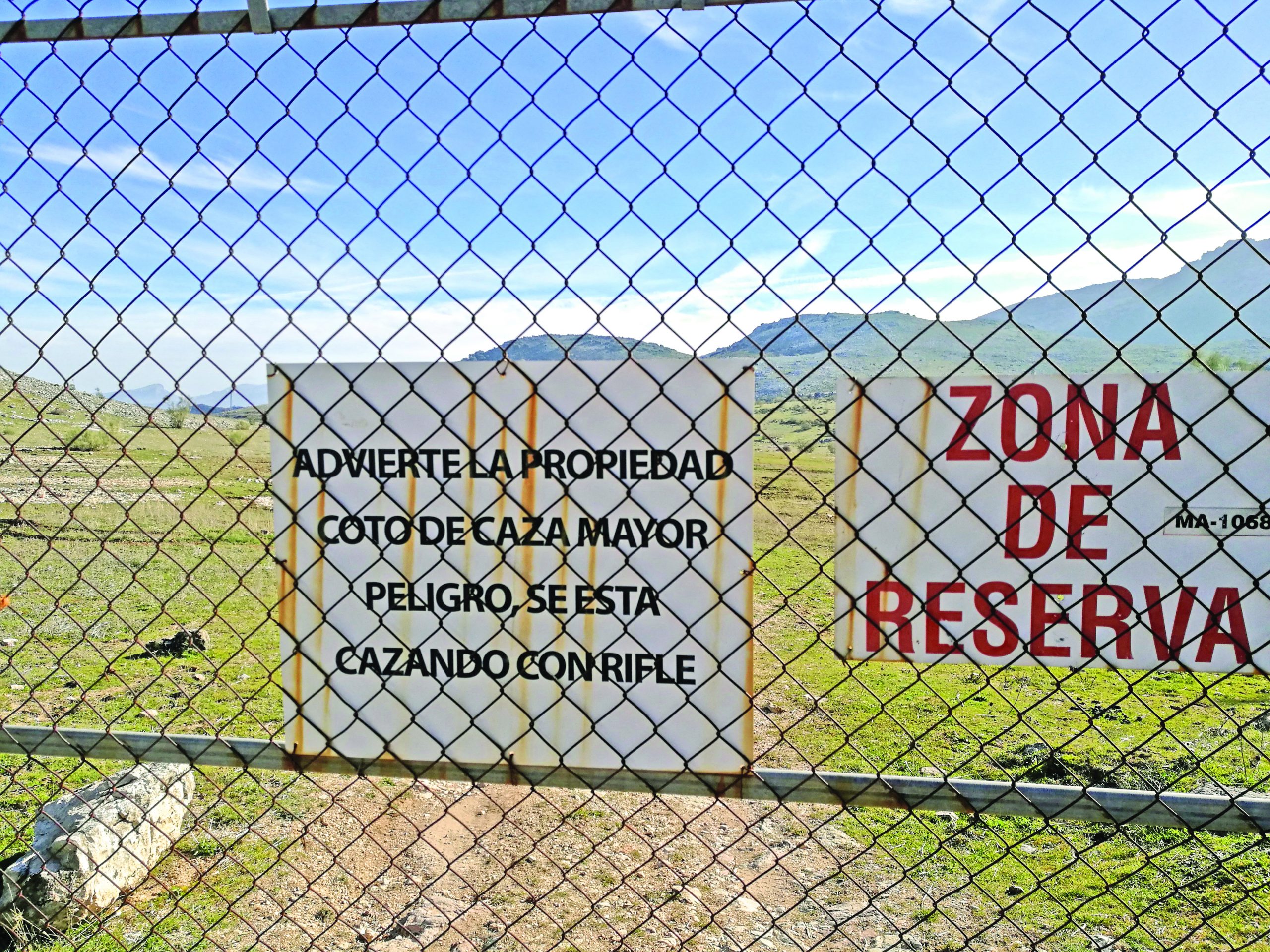
hunting ground with rifle use. Photo © Karethe Linaae
The closure of these public trails has upset hikers and local communities alike. Landowners are taking it upon themselves to shut off what are, in essence, public rights of way. The question is – are public trails that pass through private estates really private? Can landowners simply block communal pathways used by locals and their animals for centuries?
The answer is no. Yet this is what is happening in Andalucía and, sadly, throughout Spain.
According to José María Guerrero, President of the Asociación por los Caminos Públicos de la Serranía de Ronda, caminos públicos are publicly owned trails for communal use.
They have been established as free passageways due to their long-term standing and historic importance.
In Spanish law, public trails cannot be proscribed, seized or transferred. They are untouchable.
Closing down history
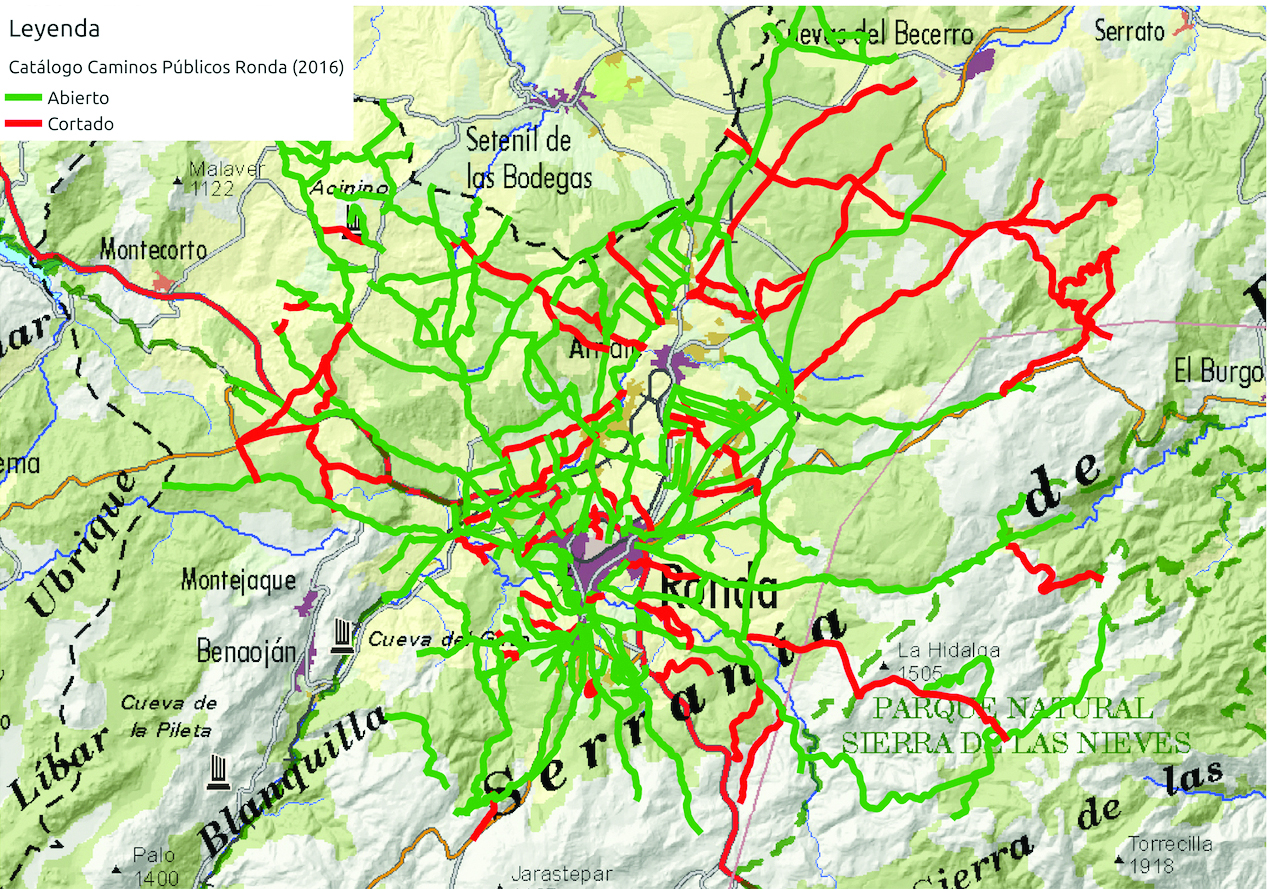
Red = closed or impassable trails. © La Asociación por los caminos públicos
de la Serranía de Ronda
The historic town of Ronda, had more than 200 public trails included in its 2004 registry, a record all town halls are obliged to keep, although few do in practice.
It’s also the responsibility of the local authorities to maintain these trails. The municipal code states they should be protected and the public must be informed about their rights at all times.
An independent study in 2016, however, discovered that 48 of Ronda’s public trails were illegally blocked, deliberately obstructed or so poorly maintained they were impassable or dangerous.
A similar investigation conducted by the Olive Press with green group Silvema Ecologistas en Accion a decade ago found at least three dozen paths blocked by big gates. So it seems to be a growing trend.
Public fight back
Other public trails are the provincial GR routes (like the Gran Senda de Malaga), and the territorial Vías Pecuarias.
From the grand 75-metre-wide Cañadas Reales to the rustic four-metre wide Veredas, these tracks, originally for herding livestock, are of great historical importance.
The GR routes are usually nationwide and sometimes cut across Europe, for example in the case of the GR-7, which runs from Tarifa to Athens but which was controversially blocked near Ronda in 2006 by developers.
The blockage (in part) led to the setup of the Olive Press newspaper, which in its very first issue splashed with the disappearance of a newly-installed footpath sign by the Los Merinos estate, where developers planned 2,000 houses and a double golf course.
A few months later in 2007, we reported how 40 protesters faced fines of up to €30,000 for organising a ramblers-style protest when they broke through a wall and walked through the estate.
Their action led to what was described by a judge, as ‘mafia-style tactics’ against anyone attempting to fight to keep open public tracks or protest corrupt, illegal developments.
The tracks to protect
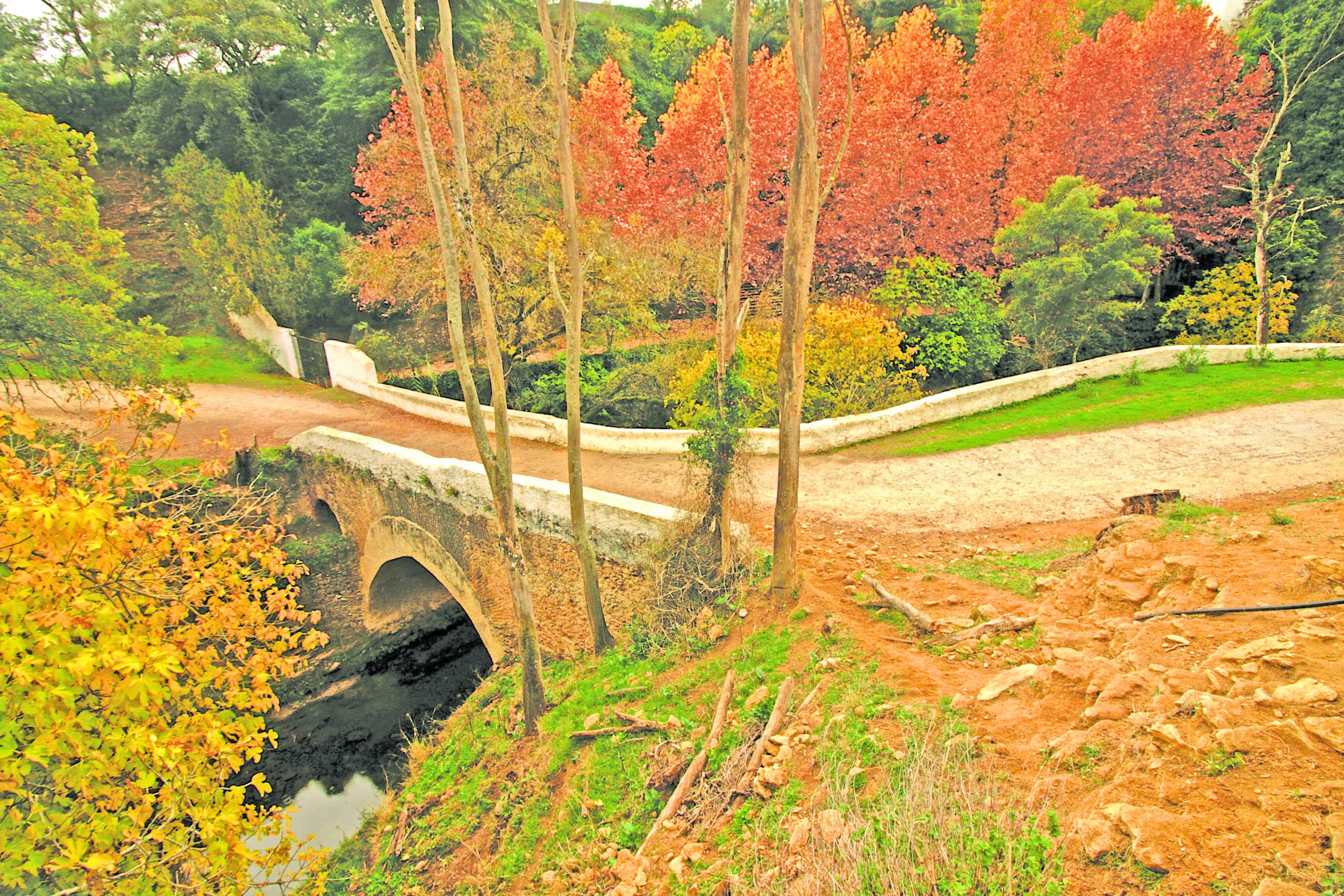
immemorial. Photo © La Asociación por los caminos públicos de la
Serranía de Ronda
The caminos publicos were once Spain’s only road network along which everything was transported on foot or by mule.
And they go back forever…Indeed, during the Peninsular War in 1813, Napoleon’s forces mapped out these vias to plan their attack on Ronda. Several have become ‘green corridors’ while others have taken on dual use as roads which must coexist with vehicles.
Usually these trails are given lowest priority, with road fencing impeding and endangering pedestrians.
When roads and trails meet, who is the losing party?
“There were no laws to protect the public trails in the past, because people knew they belonged to everybody,” says Guerrero.
In the nearby Genal Valley, where trails still connect rural villages, locals see them as communal property. In bigger towns, however, people do not have this personal link anymore.
Only the Basque Country has ‘servidumbre’ – the right of universal passage anywhere.
In rural Andalucia, it is increasingly the opposite case.
Property owners insist that, as they own the land, they also own the public trails crossing it. But, says Guerrero, “When a public road crosses your property, you cannot block it and the same goes for public trails.”
Wild bulls and bees – not an idle threat
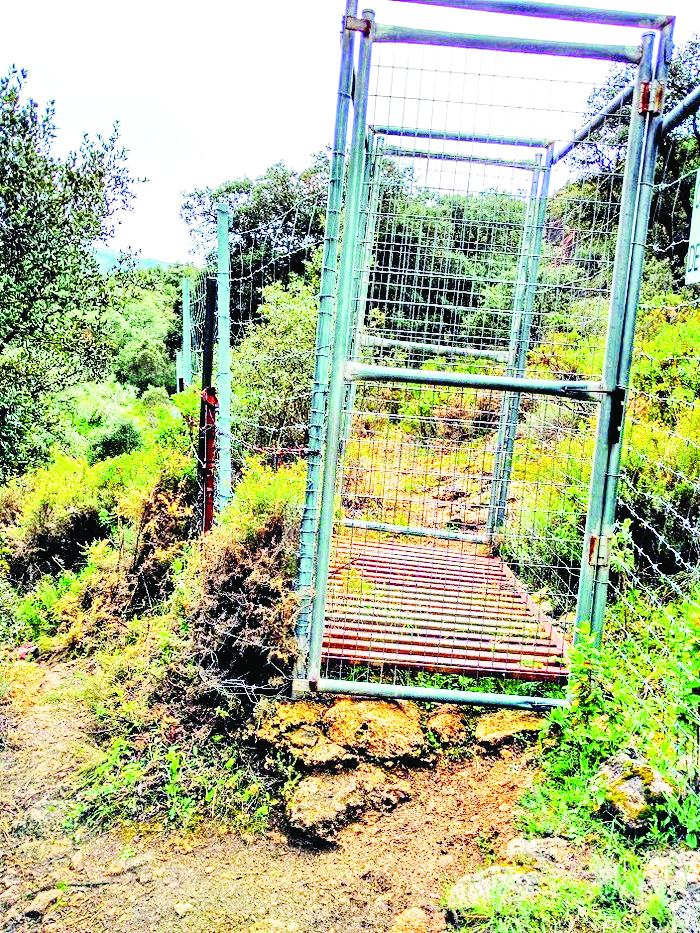
públicos de la Serranía de Ronda
Walkers, runners, bikers and horse riders are increasingly affected by trail closures, a problem that only began a couple of decades ago, and fines are not enough to deter landowners.
On a public trail leaving Ronda, one foreign landowner blocked the path with barbed wire and
showed up with a rifle when locals came to protest.
Only when the authorities intervened did he allow extremely narrow, fenced-in access.
Farmers have resorted to devious tactics, ploughing over public trails so they can no longer be seen. Pathways near rivers are at times so narrow that walkers have to hang onto illegally placed fences to be able to pass.
Traditionally trails had to be wide enough for a loaded mule to pass, though these days walkers are lucky to have half a metre of clearing.
And if locks and dangerous detours won’t deter you, other landowners scare away walkers by adding signs such as Coto de Caza (hunting ground), Toros Bravos (wild bulls) or Abejas Salvajes (wild bees).
Endangering anyone on a public trail on your land is illegal, but all walks should be treated with caution… as most of us do not want to risk being mistaken for a deer or charged by a bull.
Speaking from personal experience, cows with horns can look as menacing as bulls and when
confronted by them, you do not hang around to check for dangly bits to verify which sex you are dealing with.
Saving public trails
In 2003, a platform was created to defend the public trails.
The Asociación por los Caminos Publicos de la Serrania de Ronda represents hiking and
cycling clubs, as well as environmentalists and human rights groups. Their mandate is to promote conservation, protection and safe access to trails.
“First comes the fence, next the gate, then the chain and lock. It is much more difficult to reverse this process,” says spokesman Guerrero.
For 17 years the association has organised volunteer cleanups, catalogued trails and proposed practical, cost-effective trail maintenance – all without costing the town one centimo.
For areas depending on rural tourism, it is imperative to keep public trails open and functional. In fact, Ronda could risk lawsuits if accidents happen on the steep and perilous
public trails beneath the town.
Access to public trails also comes with certain public responsibilities. The onus is on users to follow rules – keeping dogs on leashes, etc.
Digital battle
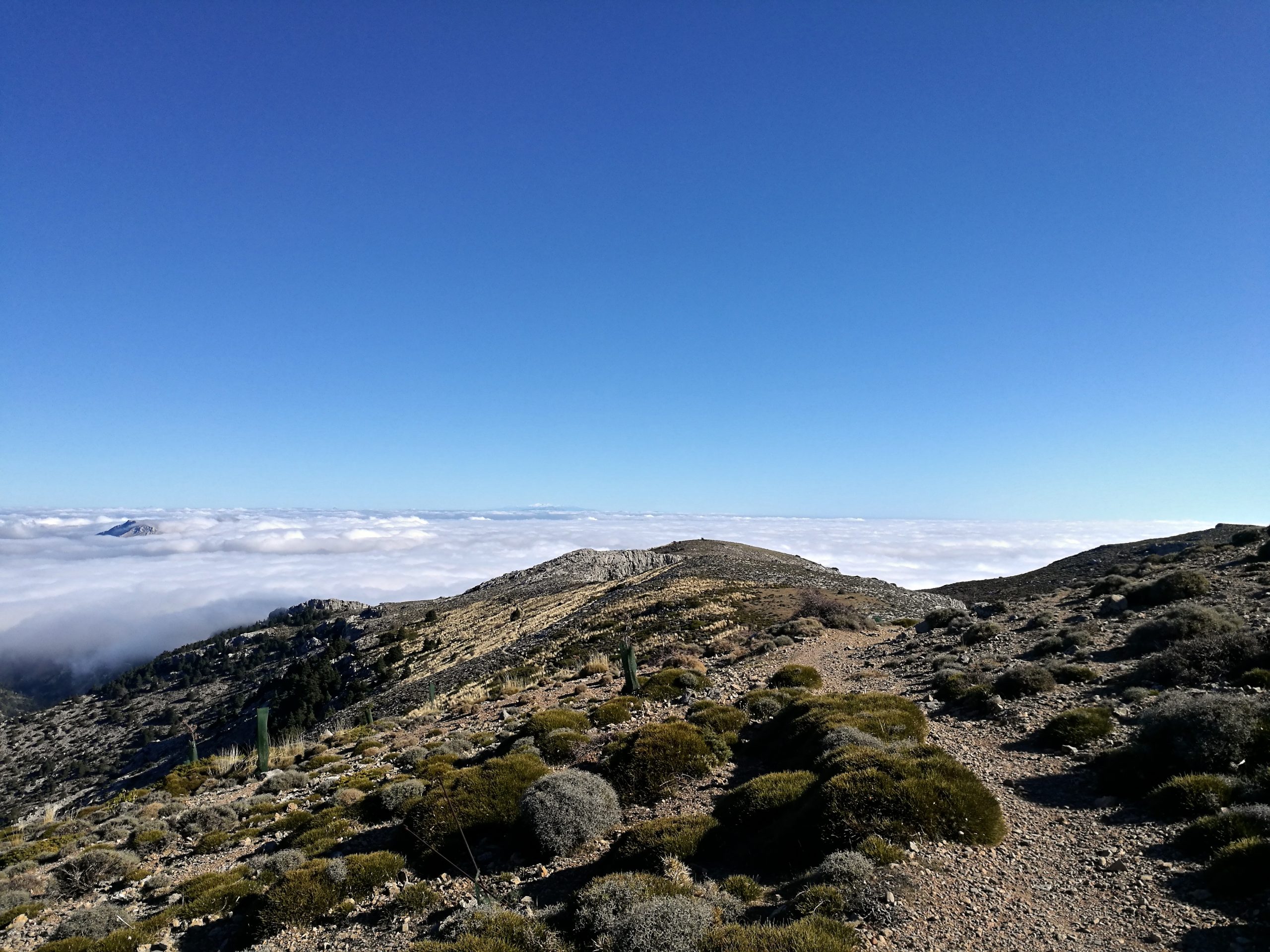
New technology is changing things. There are great sites such as Wikiloc (see feature online) and how engineer David García Hernández from Gaucin is developing a mobile app which allows walkers to immediately report public trails that have been illegally closed or pose threats to users.
“Safe public trails are essential to be able to walk in the mountains,” says Fernando Ruiz, President of Andalucía’s hiking association Pasos Largos. “Thousands upon thousands of people enjoy this natural pastime every week.”
Municipalities like El Burgo and Jimena de la Frontera are collaborating with the community to keep their trails open and safe. It is a win/win situation. The public keeps its trails and the town saves money and gains support.
The public trail association hopes to collaborate with all municipalities to protect and safeguard the trails.
“We must continue to denounce illegal blocking of public trails so future generations can enjoy
our communal heritage. It is the best legacy we can give our children,” adds Ruiz.

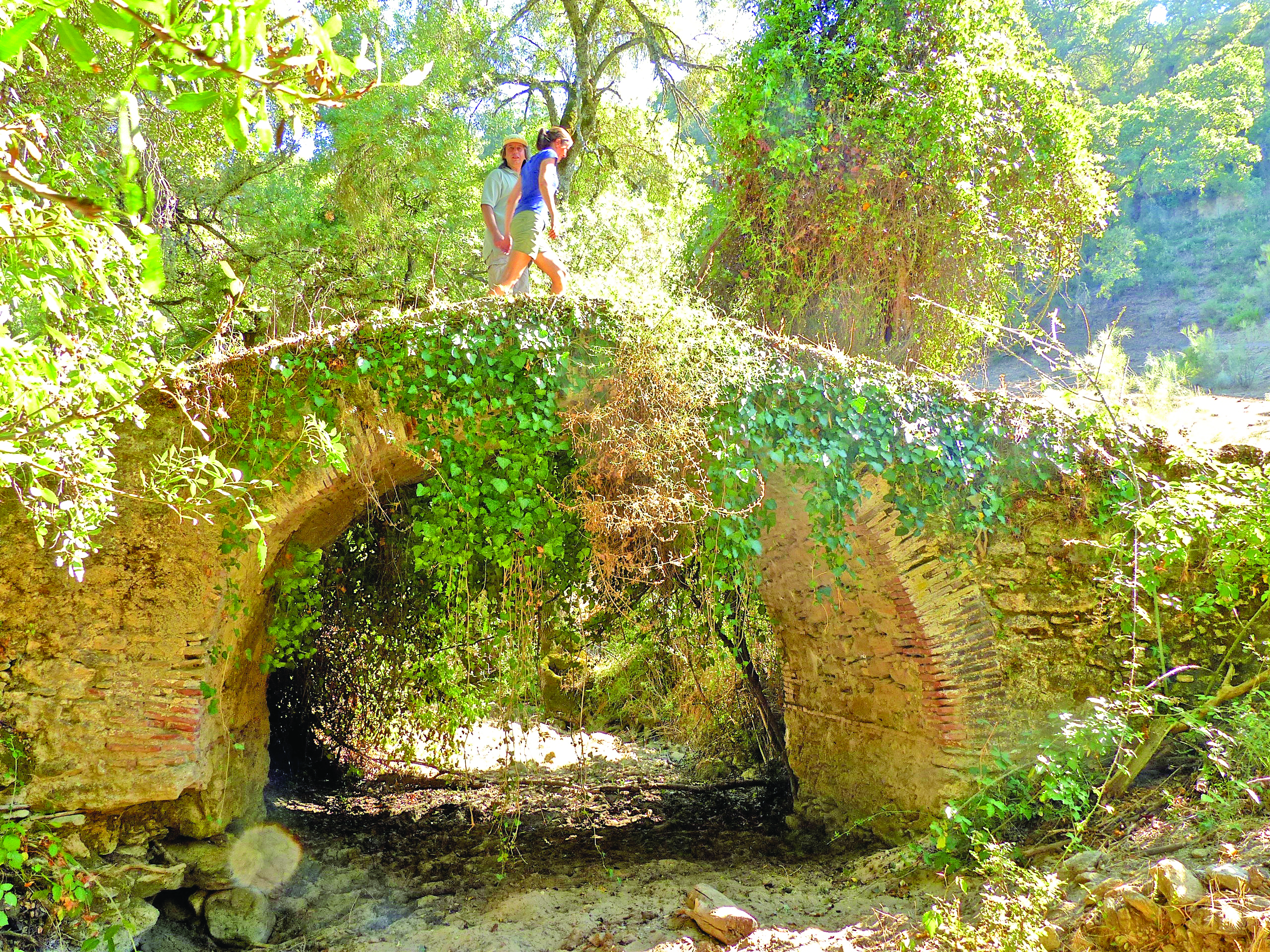



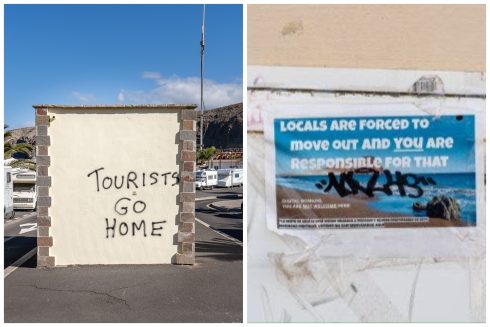


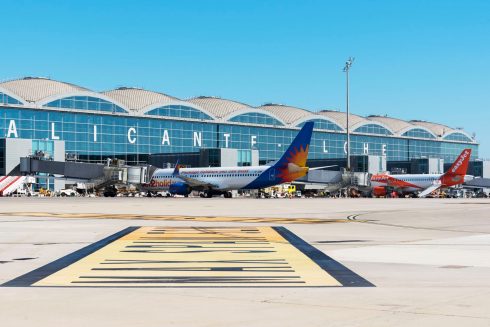
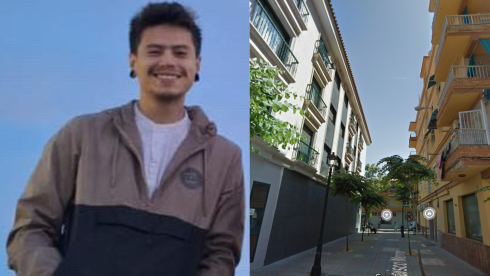
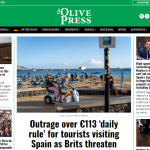

I veery much appreciate your arguments against blocking of hiking paths. I had been often affected by new fences too. I have stored all my hiking tours in Andalucia on wikiloc.com, where you may watch them and download the GPS trail by searching for ‘Wandalus’. A detailed description of the tours is given on http://www.andalusien360.de